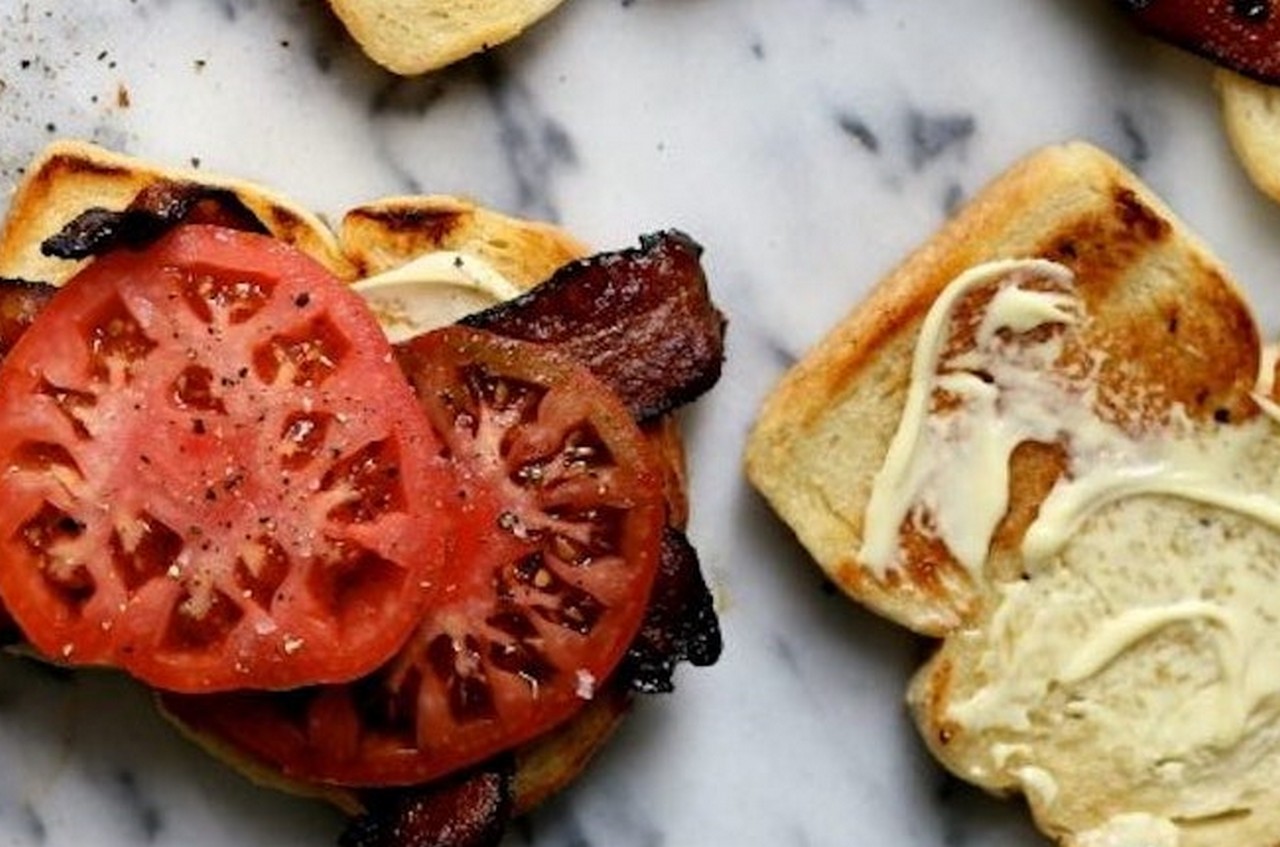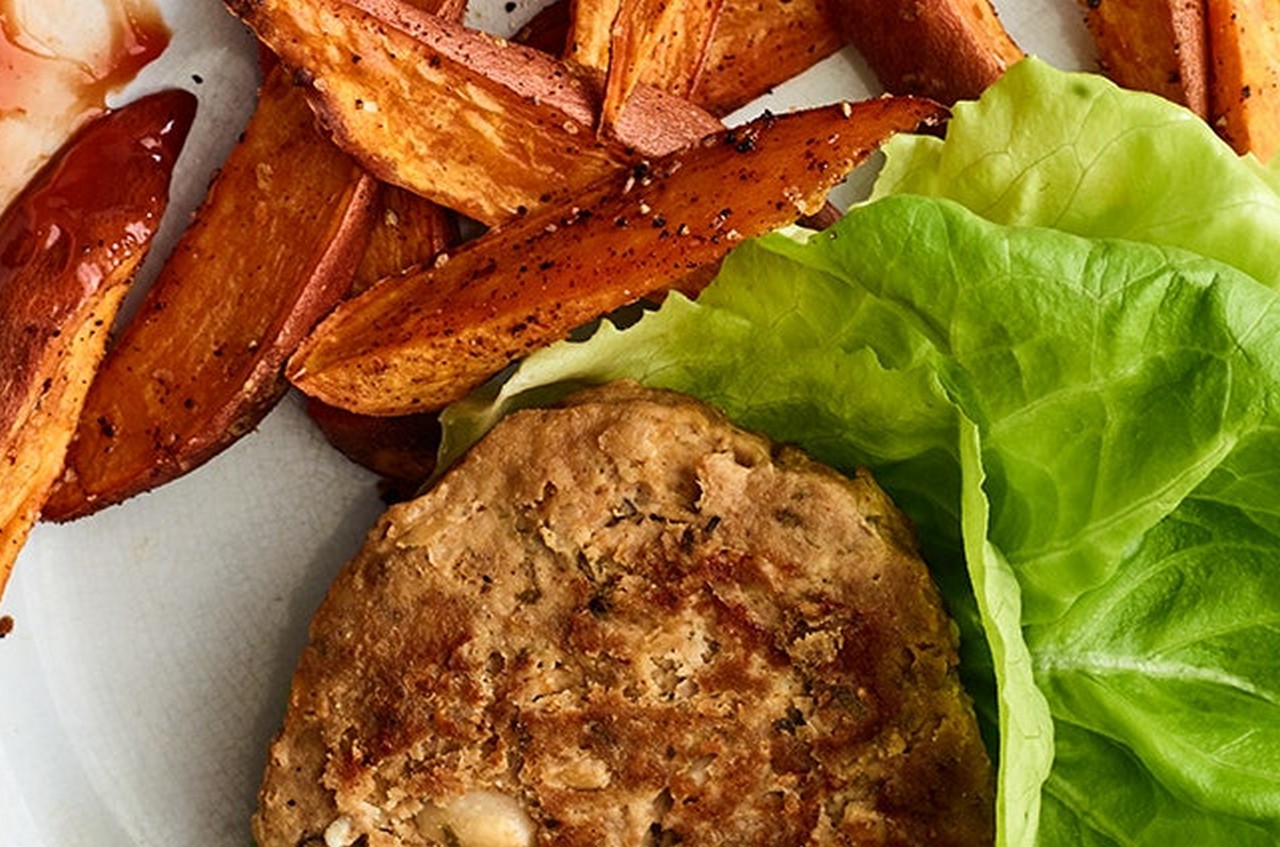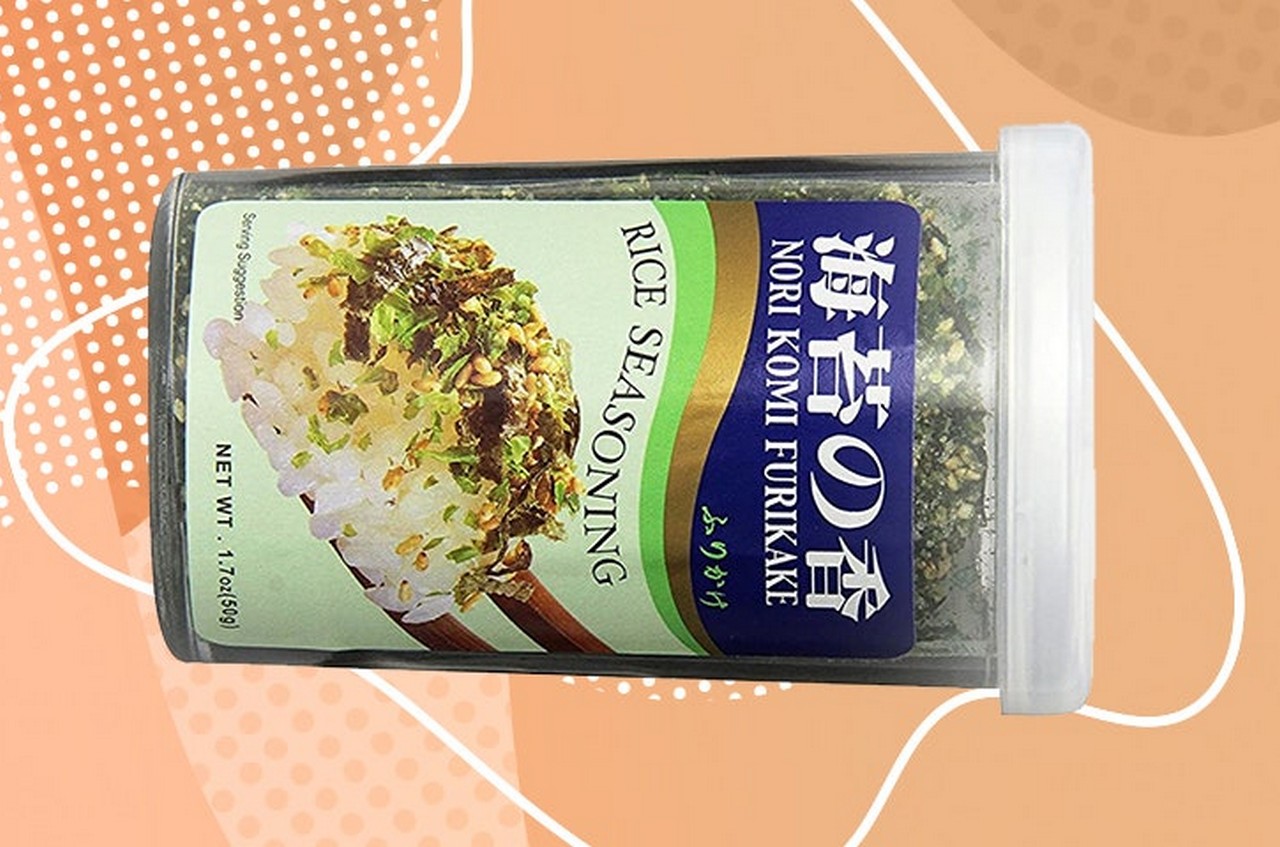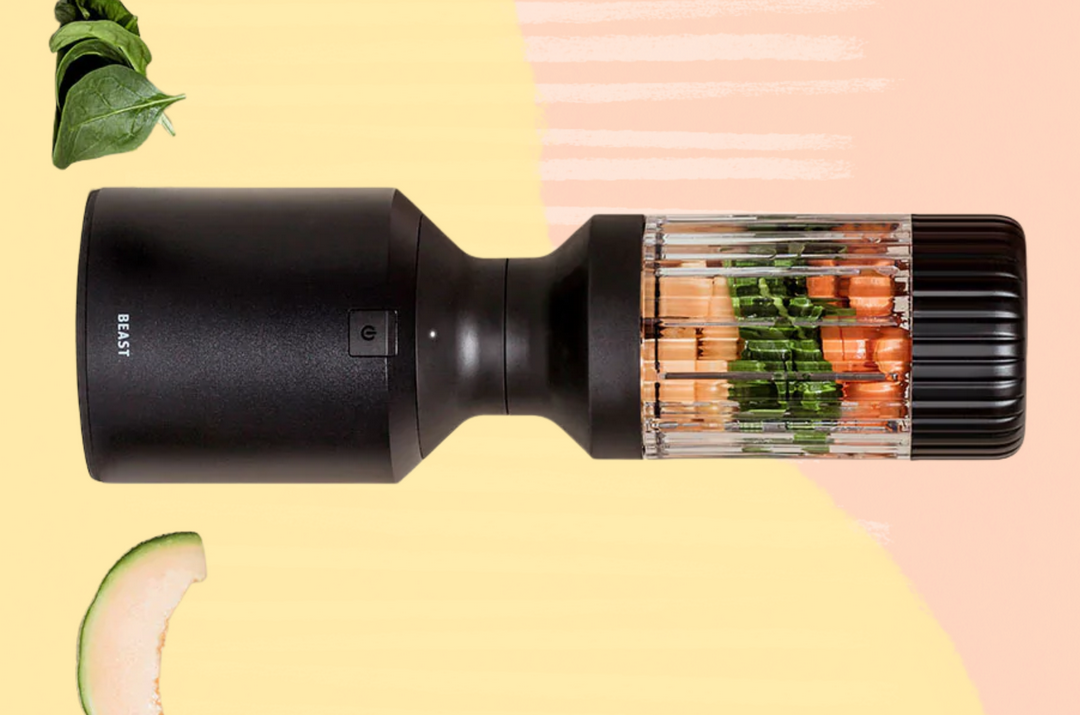
For the longest time, I couldn’t seem to make crispy chicken thighs if my life depended on it. It didn’t matter if I cooked them in butter, or olive oil, or if I cranked up the heat of my skillet aggressively high, the final product would always end up far from my perfectly browned expectations.
Eventually, I figured out that I was doing a bunch of little things wrong. I was using all the right ingredients, but I wasn’t aware of all the nuanced techniques that can make or break a bird. For example, I didn’t know how far in advance I was supposed to salt the meat, or how to apply the right level of heat for the right amount of time, and I definitely wasn’t making sure I’d properly dried the chicken before I started cooking it, which is crucial if you ever want it to brown. As soon as I began to incorporate all the right techniques into my cooking (plus a lot of patience), I’m happy to say that I began to produce consistently crispy chicken thighs.
And you can too! If homemade, crispy chicken thighs always seem to evade you, try incorporating these tips I’ve learned (through years of practice and advice from experts) to make them a reality.
When cooking chicken, patience is key every step of the way.
From start to finish, ensuring a final product that’s juicy and tender on the inside and crisp and brown on the outside is going to take time. You have to be sure to salt the chicken well enough in advance, give it enough time for the skin to dry out, and let it cook for longer than you think. (Details on all of that below.)
So the next time you want to enjoy a delicious chicken dinner, plan ahead of time and take it slow and easy while you’re cooking. Better yet, make a bunch on meal prep Sunday so that you can enjoy juicy, flavorful chicken (without the wait) during the week.
For perfectly seasoned chicken thighs, salt (or brine) them 24 hours in advance.
Joe Ciriello, president of Dirty Bird to Go in New York City, tells SELF that the restaurant soaks its chickens overnight in a brine of herbs and salt, and that’s how far ahead of time you should season your meat as well. This will give the salt the time it needs to fully work its way into the meat of the chicken thighs so that they’re perfectly seasoned and tender. The salt also helps to draw out moisture, which is an obstacle that may prevent skin from crisping.
To season your chicken thighs, you can either use a brine like Ciriello does, or simply coat them with salt. If you decide to do a simple salt coating, use about a teaspoon of salt per pound of meat and be sure to rub it in thoroughly and evenly.
Brining is a good way to infuse the meat with other flavors, such as herbs, peppercorns, or spices. You can use those ingredients in whatever quantity you want, plus about four teaspoons of salt for every one quart of water. Just be sure to rinse off the brine before you cook, otherwise your chicken will taste like it took a dip in the ocean.
Make sure the chicken is as dry as possible before you cook it.
The more dry the chicken is (especially the skin), the more easily it will crisp up and brown. That’s why you’ll want to wipe down your bird with a paper towel or cloth that you don’t mind contaminating with chicken juice just before cooking. Seadon Shouse, chef at Halifax in Hoboken, New Jersey, prefers to let chicken thighs air dry uncovered in the fridge for one to two days. “This will help you get a juicy piece of meat that’s got a crispy, golden skin,” he says.
Begin by searing chicken thighs over high heat with the skin side down.
In a sturdy skillet (cast-iron is best for the job) over high heat, add a fat like olive oil or butter to thinly coat the bottom of the pan. Wait until the pan is pretty hot before you add the chicken, then set it in skin side down and don’t touch it for 8 to 10 minutes. (If you don’t like the skin and have decided to remove it, place it in the pan on either side.) Direct, uninterrupted contact between the heat and the skin is what creates the crispy texture we all know and love, and moving it prematurely can slow or halt the browning process, so whatever you do, do not lift up the chicken and peek at the skin. If you’re using a cast-iron skillet, you’ll know it’s ready when the chicken naturally unsticks from the pan. Otherwise, start checking it at the eight-minute mark.
Then, flip and cook for another couple of minutes. Resist the urge to cover it as it cooks.
After the skin side is brown and crisp, flip the thighs and let them cook for two to three minutes until the second side also has a bit of a brown.
Shouse says that a lot people will cover their chicken with a lid or foil while it cooks, but it’s not a good idea because it can trap moisture and cause it to go from crispy to soggy in no time. If you’ve already crisped up your chicken, definitely don’t cover it.
Transfer crispy thighs to the oven to finish cooking.
You run the risk of drying out chicken thighs if you cook them for too long on a stovetop—they’ll stay more moist when finished in the oven. Transfer your partially cooked chicken thighs to an oven set at 375 degrees F. (If you’re using a cast-iron skillet or other oven-safe skillet, you can just pop it directly into the oven.) Let the thighs cook until the juices run clear and they’ve reached a temperature of 165 degrees F. It should take approximately 10 minutes.
Take the thighs out of the oven and let them rest for 5 to 10 minutes, then dig in.
Put your new chicken thigh skills to work in these recipes:
Marinated Fennel With Chicken and Wild Rice
Crispy brown chicken skin pairs perfectly with this earthy dish of fennel and wild rice. Get the recipe here.
Skillet Chicken Thighs With Peaches, Arugula, and Quinoa
Sweet peaches are the perfect complement to savory chicken and nutty quinoa in this dish. Get the recipe here.
Most Popular
- 5 Less Obvious Signs of Seasonal Depression You Should Definitely Pay Attention To
By Maggie O’Neill
- 42 Creative Valentine’s Day Gifts for Guys
By Sarah Madaus
- Just Some Fun Sex Toys You and Your Partner Will Love
By Gabrielle Kassel
Salsa Verde Quinoa With Chicken Thighs
Cook the chicken separately from the quinoa until it’s crispy. Then, let it finish cooking with the sauce and grains. Get the recipe here.
Skillet Chicken Thighs With Sweet Potato and Asparagus
These veggies will soak up a bunch of great flavors from your perfectly browned and caramelized chicken thighs. Get the recipe here.














